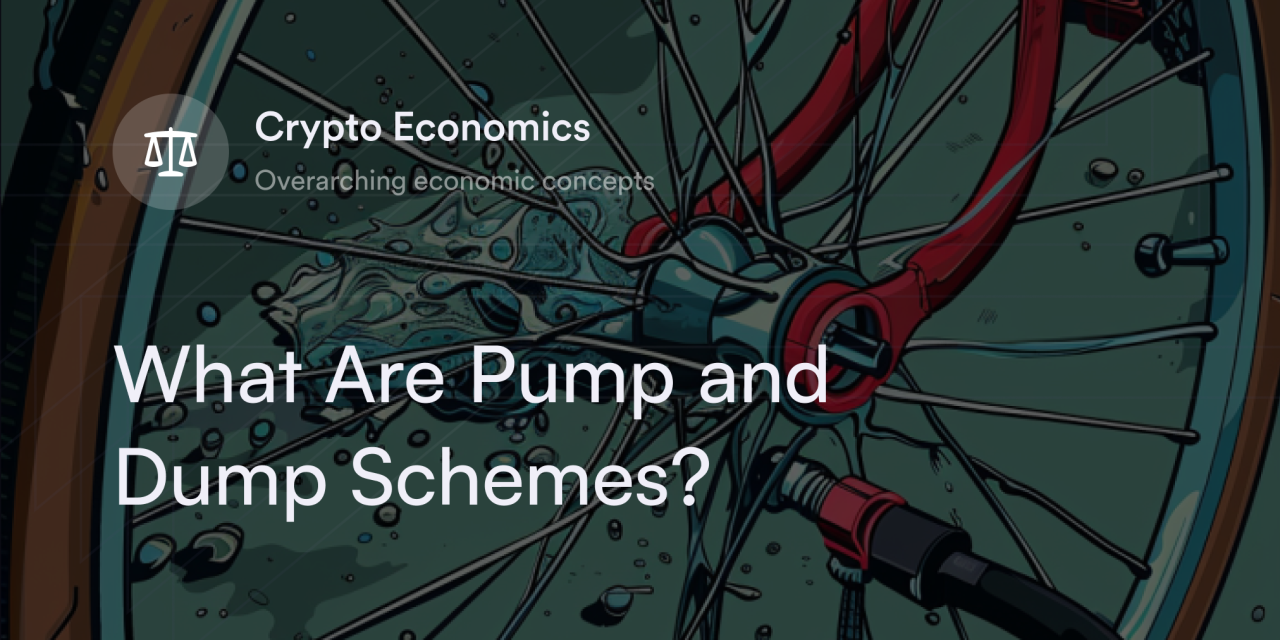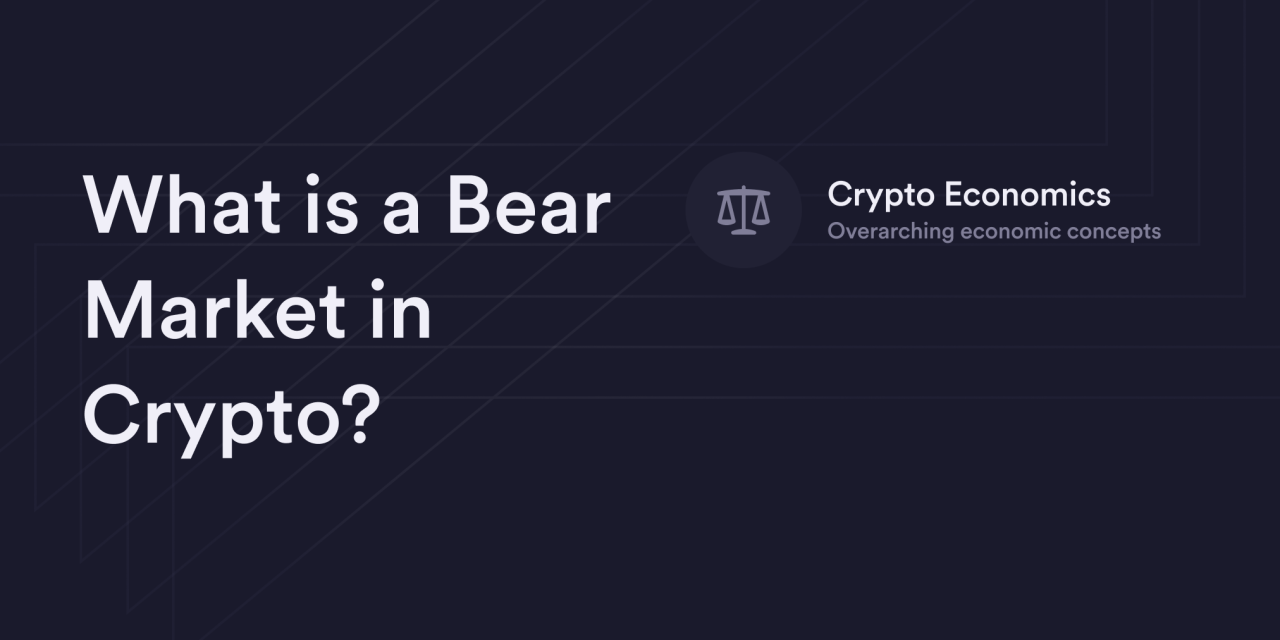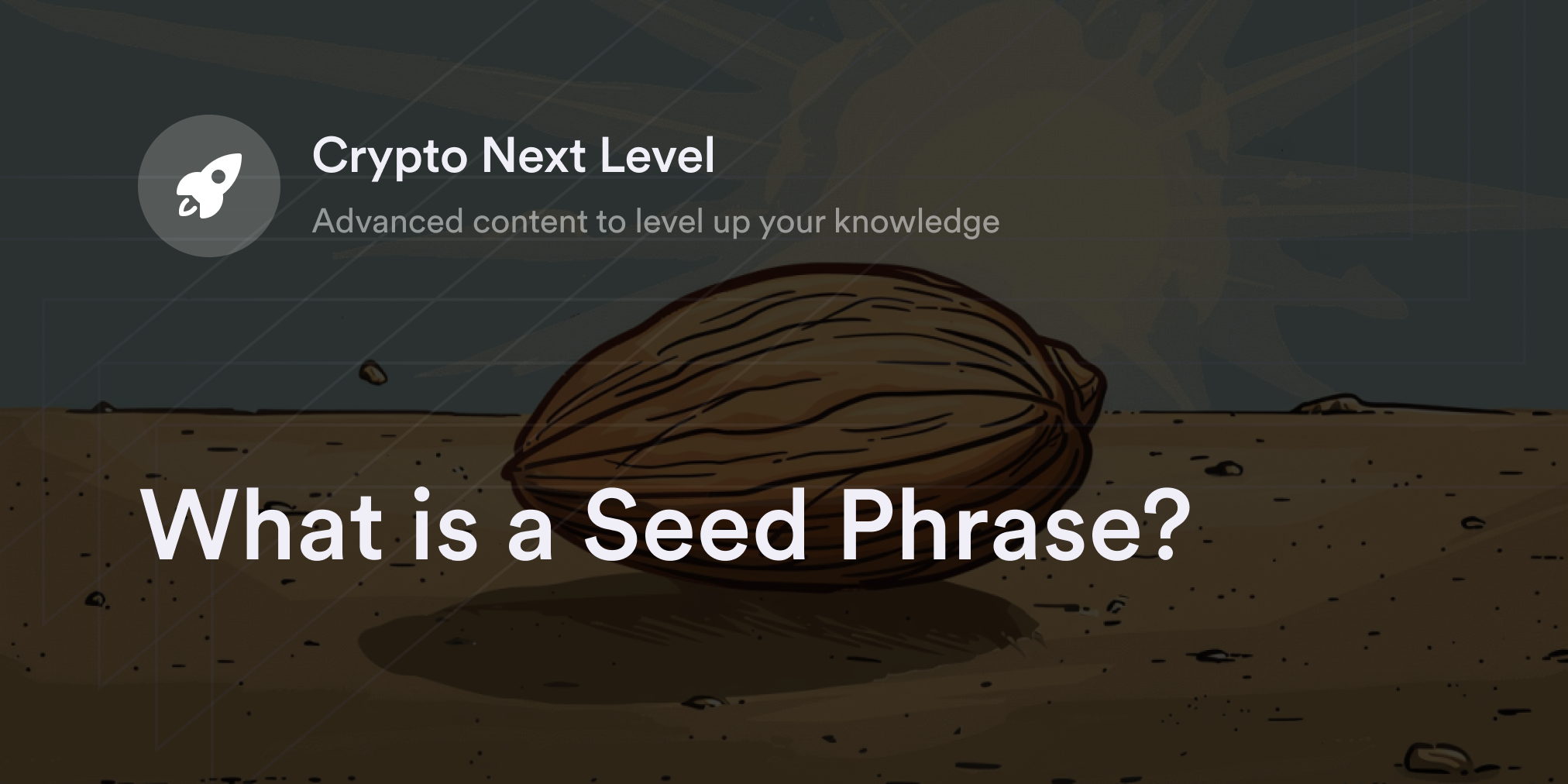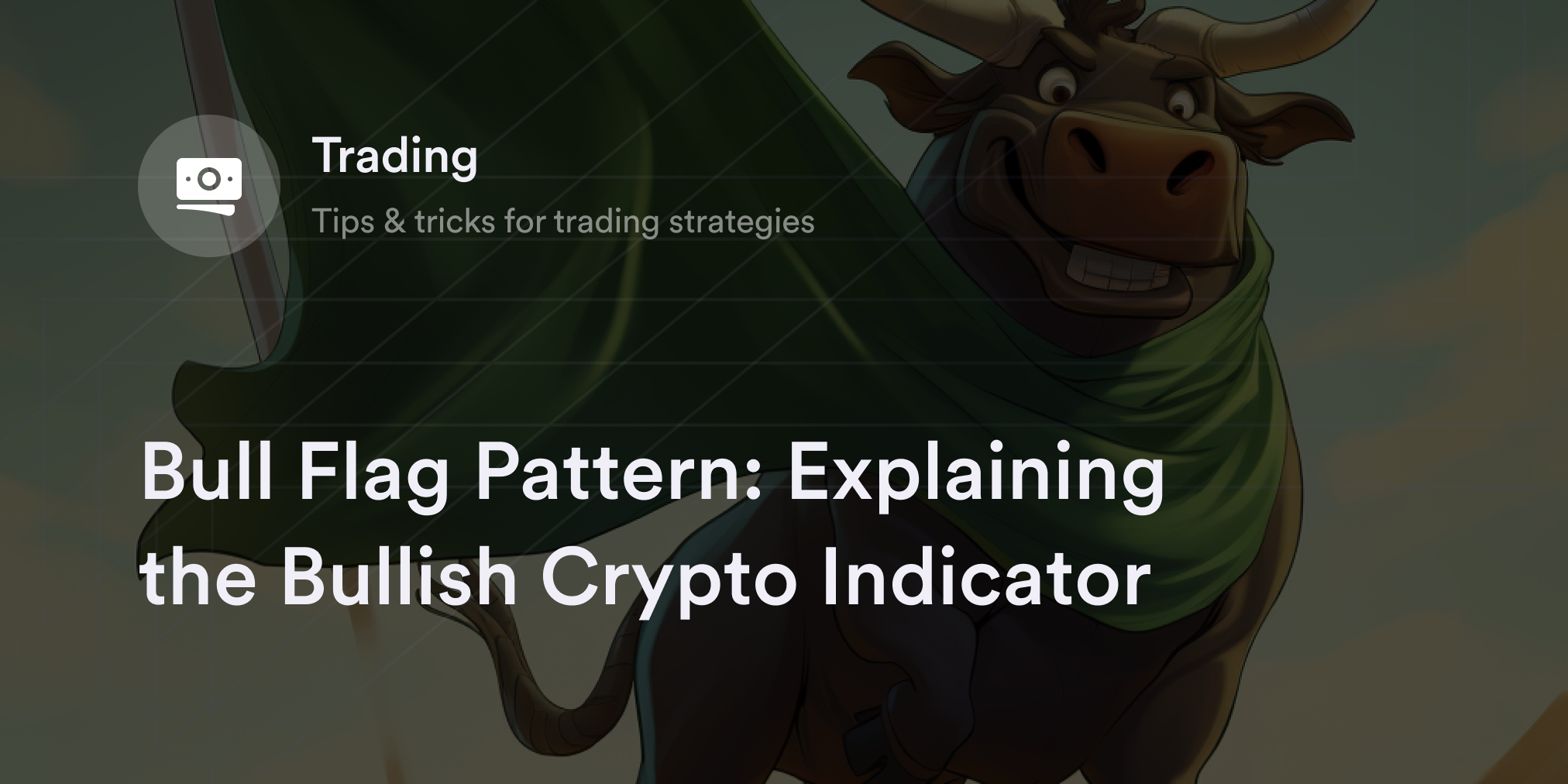


Unfortunately, scammers and fraudsters are infiltrating the cryptocurrency space. In fact, data from the analytics firm Chainalysis suggests almost one-quarter of actively traded cryptocurrencies are scam projects. In many cases, the developers behind these sham coins use a manipulative technique known as a "pump-and-dump scheme" to lure unsuspecting victims.
The presence of illegitimate cryptocurrencies in the marketplace should encourage traders to thoroughly investigate the assets they buy and emphasize the need to operate with caution and logic. Traders looking to protect their assets should learn more about the warning signs for shady projects, including recognizing cryptocurrency pump-and-dump schemes. After all, with the right knowledge, traders can more likely avoid falling victim to scams.
What Is a Cryptocurrency Pump-and-Dump Scheme?
In pump-and-dump schemes, insider traders and grifters fraudulently publish false information to stimulate buying pressure for an asset they already hold. In the past with traditional finance, fraudsters primarily spread this information over phone calls. Today, pump-and-dump schemers use social media, emails, and text messages to generate hype for an assetor cryptocurrency project.
When successful, schemers convince many traders/speculators to buy the target asset, causing the value to rapidly soar - at least for a short period of time. Once the market value of the asset or cryptocurrency reaches a high enough level, the fraudster insiders sell (or "dump") their positions, flooding the market with excessive supply and decreasing the assets price while turning a pretty penny for it themselves. Meanwhile, the traders who bought into the pump-and-dump target in the hype or under the pressure of the fraudster are left with a worthless—or even negative—position.
Pump-and-dump schemes have a long history in financial markets, especially on Wall Street. Now that cryptocurrencies are a more mainstream tradable asset, fraudsters have turned their attention to the digital assets space.
Examples of Pump-and-Dump Schemes
The eccentric computer programmer John McAfee is alleged to be one of cryptocurrency's best-known pump-and-dump schemesters. U.S. regulators and law enforcement, including the U.S. Department of Justice, alleged that McAfee and fellow insiders bought large quantities of several small cryptocurrencies before McAfee publicly announced his support for the tokens. After enough retail traders bought into one of these "McAfee cryptocurrency picks," team members allegedly quickly sold their holdings. They allege McAfee's most famous targets include Dogecoin, Reddcoin, and Digibyte.
Another example of a prominent alleged pump-and-dump scheme is the SaveTheKids token (KIDS). In 2021, YouTube influencers, including RiceGum and esports platform FaZe Clan members, allegedly promoted KIDS and promised to donate a portion of every token to charity. However, shortly after the token’s June launch, it lost over 90% of its value. Following the sudden drop, investigative reporters alleged that the KIDS token was a pump-and-dump scheme from the start.
How to Spot a Pump-and-Dump Crypto Scam
Even sophisticated pump-and-dump schemes have a few common warning signs. Here are a few red flags to look out for:
Lack of transparency: The less information there is on a cryptocurrency project, the more likely it's illegitimate. Many cryptocurrencies post transparent data, such as open-source code and profiles of their founders to help establish trust in the Web3 community. Difficulty finding reliable details on new coins is cause for increased skepticism and should prompt more investigation on a trader’s end.
Excessive advertising and identical messages: Pump-and-dump schemers often flood social media sites with spammy promotion. If messages look like someone copied and pasted loads of advertisements for the same cryptocurrency across Twitter, there may be something fishy going on and traders should exercise caution.
Unbelievable and unverifiable claims: Another way pump-and-dump teams lure traders is with unrealistic promises for huge returns. For example, an advertisement claiming a cryptocurrency is "guaranteed" to rise 100x or promising 1,000% staking rewards to holders is suspicious. If a project’s claim sounds too good to be true, it's likely a scam project.
Unexplained price spikes: Traders need to exercise additional caution if a small and obscure cryptocurrency suddenly rises significantly in value without any impetus or support for the price increase. Unexplained parabolic moves in tiny crypto projects may be a warning sign for insider trading and/or market manipulation.
How to Avoid Crypto Pump-and-Dump Schemes
In addition to knowing the warning signs of a pump-and-dump scheme, there are strategies traders can use to reduce their chances of losing out to one of these scams. These simple techniques put new traders in a better position to trade cryptocurrencies safely:
Stay away from niche cryptocurrencies: Small cryptocurrency projects are more likely to be a pump-and-dump target. While it's tempting to try and find a niche altcoin with the potential to “skyrocket” in value, buying small and unknown cryptocurrencies is a risky trading practice. Those who want to avoid pump-and-dump schemes should stick with larger and more established cryptocurrency projects with teams that are known and can be trusted.
Research cryptocurrencies before trading: Finding information on a legitimate cryptocurrency project shouldn't be difficult. Use popular third-party cryptocurrency price aggregators like CoinMarketCap to study a new token or coin. The more challenging it is to find detailed data online, the more cautious trader should be.
Use stop losses: If traders want to take a risk on a speculative cryptocurrency, setting stop losses is one way to mitigate risk. These limit orders automatically sell a cryptocurrency position at a predefined price. For example, if a trader bought an altcoin at $1 per token and set a stop loss at $0.50, they can't lose more than $0.50 per token.
Learn More about Web3 Safety on dYdX
To help new traders protect their positions in Web3, dYdX offers free beginner-friendly guides on trading, storing, and transferring cryptocurrencies—simply head to dYdX's blog and academy.
dYdX also offers one of the safest and longest-running decentralized trading platforms for cryptocurrency derivatives. Head to our exchange page to start trading on dYdX today!
Disclaimer
The content of this article (the “Article”) is provided for general informational purposes only. Reference to any specific strategy, technique, product, service, or entity does not constitute an endorsement or recommendation by dYdX Trading Inc., or any affiliate, agent, or representative thereof (“dYdX”). Use of strategies, techniques, products or services referenced in this Article may involve material risks, including the risk of financial losses arising from the volatility, operational loss, or nonconsensual liquidation of digital assets. The content of this Article does not constitute, and should not be considered, construed, or relied upon as, financial advice, legal advice, tax advice, investment advice, or advice of any other nature; and the content of this Article is not an offer, solicitation or call to action to make any investment, or purchase any crypto asset, of any kind. dYdX makes no representation, assurance or guarantee as to the accuracy, completeness, timeliness, suitability, or validity of any information in this Article or any third-party website that may be linked to it. You are solely responsible for conducting independent research, performing due diligence, and/or seeking advice from a professional advisor prior to taking any financial, tax, legal, or investment action.
You may only use the dYdX Services in compliance with the dYdX Terms of Use available here, including the geographic restrictions therein.
Any applicable sponsorship in connection with this Article will be disclosed, and any reference to a sponsor in this Article is for disclosure purposes, or informational in nature, and in any event is not a call to action to make an investment, acquire a service or product, or purchase crypto assets. This Article does not offer the purchase or sale of any financial instruments or related services.
By accessing this Article and taking any action in connection with the information contained in this Article, you agree that dYdX is not responsible, directly or indirectly, for any errors, omissions, or delays related to this Article, or any damage, injury, or loss incurred in connection with use of or reliance on the content of this Article, including any specific strategy, technique, product, service, or entity that may be referenced in the Article.







